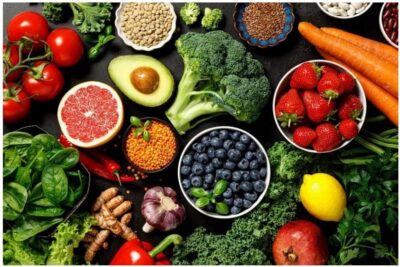Report: Connecticut food insecurity has gotten worse

STAMFORD – The Commission on Women, Children, Seniors, Equity & Opportunity released its 2024 report Wednesday, Jan. 22 on the state of food insecurity in Connecticut and made some recommendations to address it, according to Food Rescue US.
“The overall conclusion is that food and nutrition insecurity in Connecticut are widespread, persistent, and having a significant negative impact on lives and communities across the state,” the report states. “Existing government programs are effective and well-implemented by state agencies, but the scale of the challenge exceeds the current resources allocated.”
Some of the specific findings include:
- Depending on the data source, food insecurity affects between 10.4% and 17% of Connecticut’s population and has been rising in recent years.
- Food prices increased 25% from 2019 to 2023, and are projected to continue increasing by smaller amounts in the coming years.
- There are 65 Low-Income, Low-Access (LILA) census tracts (“food deserts”) in Connecticut with an average distance of at least one mile to a grocery store, and 207 with an average distance of at least 0.5 miles.
- Federal nutrition programs like SNAP, WIC, and free school meals effectively reduce food insecurity, but do not reach most food insecure households.
- Federal funding for food security programs has significantly decreased since the end of the Covid Public Health Emergency.
- The nonprofit emergency food system has struggled to keep up with rising needs and costs.
- Measures of nutrition insecurity are still being developed, and so far none have been used widely in Connecticut.
- Federal subsidies appear to benefit unhealthy foods more than healthy ones.
- The large majority of food spending in Connecticut is on non-local items.
- Relatively small profit margins, low wages, and a number of other barriers mean that food businesses and workers are often not financially secure.
- Food and nutrition insecurity have substantial negative effects in other policy areas such as education, healthcare, and housing.
There are a number of policy recommendations the commission has made. They include:
- Implement universal free school meals
- Mitigate benefits cliffs
- Establish a state minimum SNAP benefit amount
- Apply for a Section 1115 Medicaid Waiver for Food as Medicine Initiatives
- Create or expand regional community food hubs
- Establish a state food business incubator program
- Double SNAP benefits for Connecticut-grown produce
- Fund Local Food Purchasing Agreement (LFPA) Programs at the state-level
- Expand Support for the Food Systems Capacity Building Grant
- Partner with research institutions to fill gaps in the current data
The commission also recommends a Food & Nutrition Special Fund within the state budget be created to pay for the policy proposals.